Opus Avantra | Interview | Alfredo Tisocco | “Opus (opera) Avan (avantgarde) and Tra (tradition)”
Opus Avantra was an incredible Italian avant-prog band that formed in Veneto in 1973 by a group composed of soprano Donella Del Monaco, the niece of the tenor Mario Del Monaco (concept, voice and text), pianist-composer Alfredo Tisocco (direction ensemble, music, piano and keyboards), the philosopher Giorgio Bisotto (ideologist and inspirer) and producer Renato Marengo.
With the collaboration of many guest musicians, they released their first album in 1974, ‘Opus Avantra’ for the Trident label and the following year ‘Lord Cromwell Plays Suite For Seven Vices’ for Artis Records. Their band name is divided into three parts and is derived from their main interests: OPUS (opera) AVAN (avantgarde) and TRA (tradition).
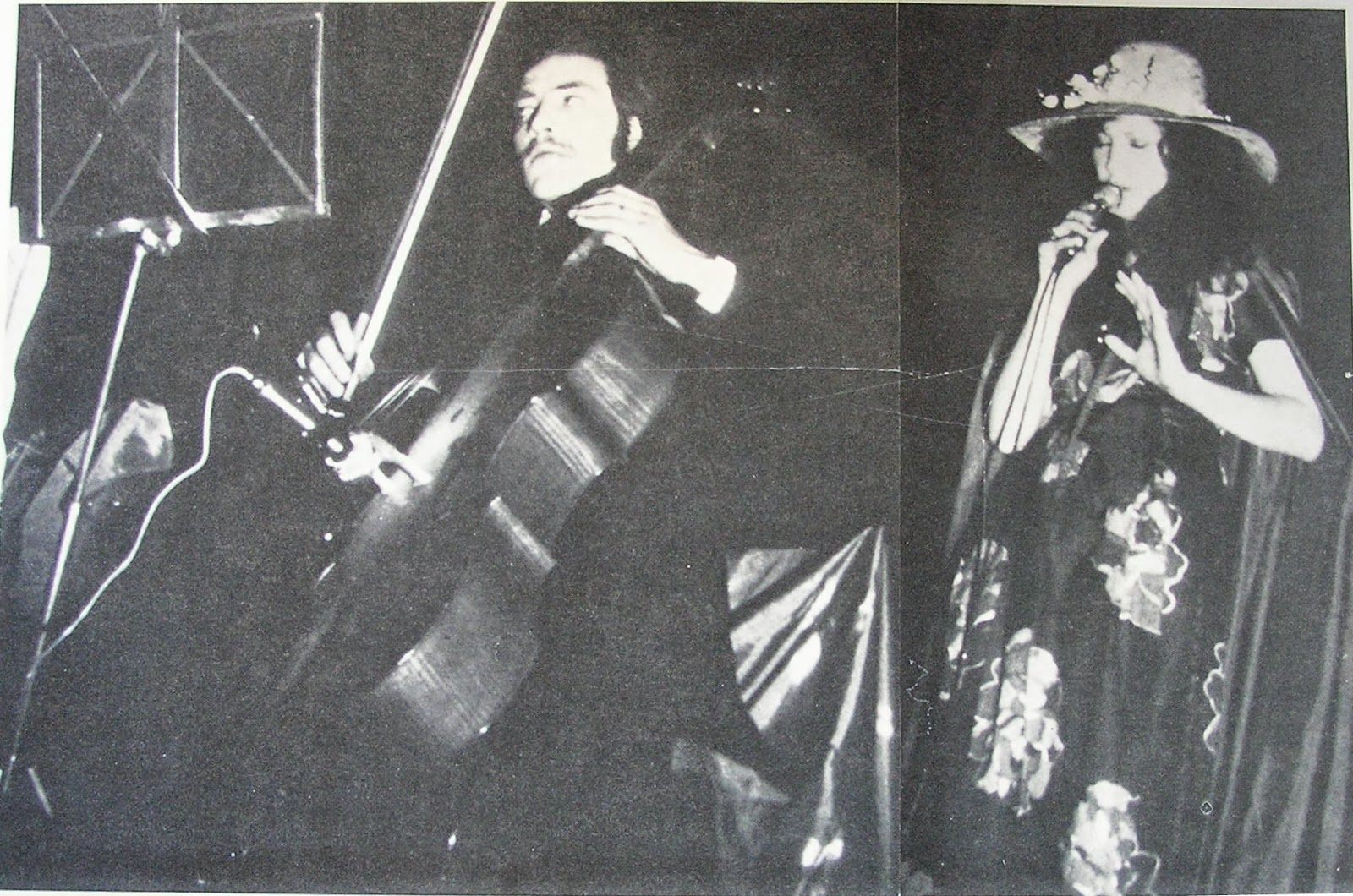
The name sums up the group’s ideology that intends to become a movement of avant-garde music, however, has its roots in the study and recovery of tradition: innovation, that is, considered to be essential as a contemporary language, can not be opposed to the tradition, but rather stems from its review and reinterpretation current. Alfredo Tisocco is still very active releasing a lot of solo works.
Where and when did you grow up? Was music a big part of your family life?
Alfredo Tisocco: I grew up on bread and music. I was born in a small town in the Province of Vicenza in the Veneto Region, Cogollo del Cengio (province of Vicenza, 30 km), 90 km from Venice and Verona. The cities that have been an integral part of my musical cultural life. My father Diletto was the first violin of the Verona Arena Orchestra. My mother Lina was a fashion designer and descendant of a family of church organ makers, Zordan (Austrian origin since 1817).
When did you begin playing music? What was your first instrument? Who were your major influences?
I was born August 15th, 1948. As a child I studied piano and organ. I learned how to play church organ when they put me behind the large wooden pipes (P.16 and P32) to clean them when they were in repair. I was studying under the guidance of my father and Bepi De Marzi, famous founder of the Crodajoli Mountain Choir. I was studying at the Collegio in Montecchio Maggiore, 15 km near Vicenza. I was studying under the wing of Silvio Omizzolo and maestro Vincenzo Pertile and ended with the piano diploma at the Benedetto Marcello Conservatory in Venice.
My childhood and youth is marked by music. My father was a teacher of classical music with the violin. He also played sax and jazz and swing clarinet. He had set up an orchestra in his period of captivity in North Africa in Tunis after the defeat in the Battle of El Alamein (October – November 1942) where he was miraculously saved. The battle ended with the surrender of the Italian and German troops in May, 1943.
I guess I had already been born with the sense of music. I had a predisposition towards all musical genres. In fact, since my period of classical piano studies, I played bass and Fender piano, Hammond organ and sang. At first with my father and then in various rock bands playing Italian pop and The Beatles et cetera. I have played in hundreds of wedding events accompanying my father who played the violin in church. My passion, however, was to play keyboards. In fact, immediately after graduation, I attended summer composition courses in Villa Cordellina (near Vicenza) of great masters such as Petrassi, Stockhausen, Manzoni, and others such as Bussotti, Cage andSilvio Ceccato (Cybernetics).
“From ethnic to progressive”
What bands were you with prior to the formation of Opus Avantra?
My musical career was destined to become a pianist. I had a certain turning point in my career where I became passionate about composition. I met Toni Tasinato, editor with whom I began to collaborate. It was there that my musical direction changed. From being a soloist of classical music concerts (Beethoven, Chopin, List, Shubert, Schumann, Brahms Schoenberg, Shostakovich, Granados, de Falla, Albeniz et cetera) to my interest for progressive rock music of Jethro Tull, Yes, ELP, Gentle Giant, Rod Stewart and Rory Gallagher. Toni Tasinato introduced me to Donella Del Monaco who was looking for a composer and musician with a general view of genres, from ethnic to progressive. I dedicated myself entirely to the Opus Avantra project: Opus (opera) Avan (avantgarde) and Tra (tradition).
“Opus Avantra was born from a strange coincidence of factors and needs of the musical world”
Can you elaborate on the formation of Opus Avantra?
Opus Avantra was born from a strange coincidence of factors and needs of the musical world. It was the change taking place, both in the classical field, and that of the so-called pop music. On one hand, the transition of tonal composition to contemporary twelve-tone was taking place, while on the other, the song was in full evolution also due to the arrival of The Beatles. Everything was under discussion in all genres that inevitably were in crisis due to the incursions of each other. Those were the times when someone like me, attending the Conservatory of Vicenza and then Venice, playing jazz/pop/rock would be thrown out of school. It was also the time that if one was self-taught and ventured successfully into popularity, he was snubbed by the classical world and therefore unable to play theaters and places of culture. This world has suddenly become for me an indispensable material from which I create. Together with Donella Del Monaco, singer of traditional and ethnic Venetian music with her partner Giorgio Bisotto, scholar of musicology and philosophy of human behavior in listening to music and Neapolitan journalist Renato Marengo, we made something special. Renato, as well as being a good friend of Giorgio Bisotto from the period of military obligation, was a communicator and producer of popular music (Nuova Compagnia di Canto Popolare, Tony Esposito, Edoardo and Eugenio Bennato). We knew each other thanks to Toni Tasinato. Let’s not forget that Toni Tasinato was the first with Gianni Sassi, founder of Cramps Records to publish albums of experimental musicians such as John Cage, David Tudor, Demetrio Stratos et cetera, as well as of course the rock pop revolutionaries such as Area, Finardi, Battiato, Camerini, Rocchi in the Metrodora and Nova Musicha series by Cramps Records, which I bought in 1993 to reproduce the entire catalog with my Artis Records.
Bands were limited to releasing vinyl LPs and usually had just a little radio and tv presence. The composition depended on the record production and it gave the impulse of existence. It was an influence that spread rapidly in the world of European music and fatally left the contamination of the various genres. It became almost obligatory for me and my friends at Opus Avantra to enter this very wide 5-lane road where the most incisive genres of music were mixed: classical, ethnic, pop, rock, contemporary jazz and electronic. Thus the pretext of an evolutionary history of the ‘Introspezione’. Donella Del Monaco naturally leads in a pleasant mosaic of forms. Opus Avantra had become among the first to offer a distortion of genres with the participation of the formation of violins, synthesizers, percussion and theatrical sets crossed by acting and electronic music in the world of progressive rock.
What influenced the band’s sound?
We were influenced by many English bands including ELP, Jethro Tull, Electric Light Orchestra, Van der Graaf Generator and others. I learned the instinctive ways from composers who played on thematic evolutions with sudden changes of rhythms and electronic references of the various classic rock instruments such as guitars, but also synthesizers.
How did you get signed to Trident Records?
It was because of the intervention from Renato Marengo, who presented our work to Maurizio Salvadori. He decided to accept the risk and produced our record. He took care and arranged touring and also put us on the stage with many famous Italian pop groups and we would also play Sanremo Music Festival, but we refused because it would clash with our concept.
What’s the story behind your debut from 1974? Where did you record it? What kind of equipment did you use and who was the producer? How many hours did you spend in the studio?
Due to economic reasons we only had seven days for recording and mixing. We accepted the conditions as we were quite prepared. We were rejected the previous year by EMI in Rome. We entered the Regson studio, now Mauro Pagani’s Officine Meccaniche, on the Naviglio di Milano. We had a small room, but next to us in the big one, Nomadi recorded their album. We met them and had lunch and dinner sometimes in the nearby restaurant. We used all the instruments that were available in the studio… piano, Moog, et cetera. The most important instruments were brought by the group such as Enrico Professione’s Pieregidio Spiller’s violins, Riccardo Perraro’s cello, Luciano Tavella’s flute and last but not least Pierdino Tisato’s percussions and Mireno Tisato’s electronic recorders. The percussion was by Tony Esposito. With him I produced an original live session in jazz rock with improvisation in the interlude of ‘Rituale’. It was fascinating as for the first time in the studio they worked for the electronic piece by Giorgio Bisotto with concrete tools and accessories such as bottles of broken glass, whips, scrap metal, and recorders by Mireno Tisato.
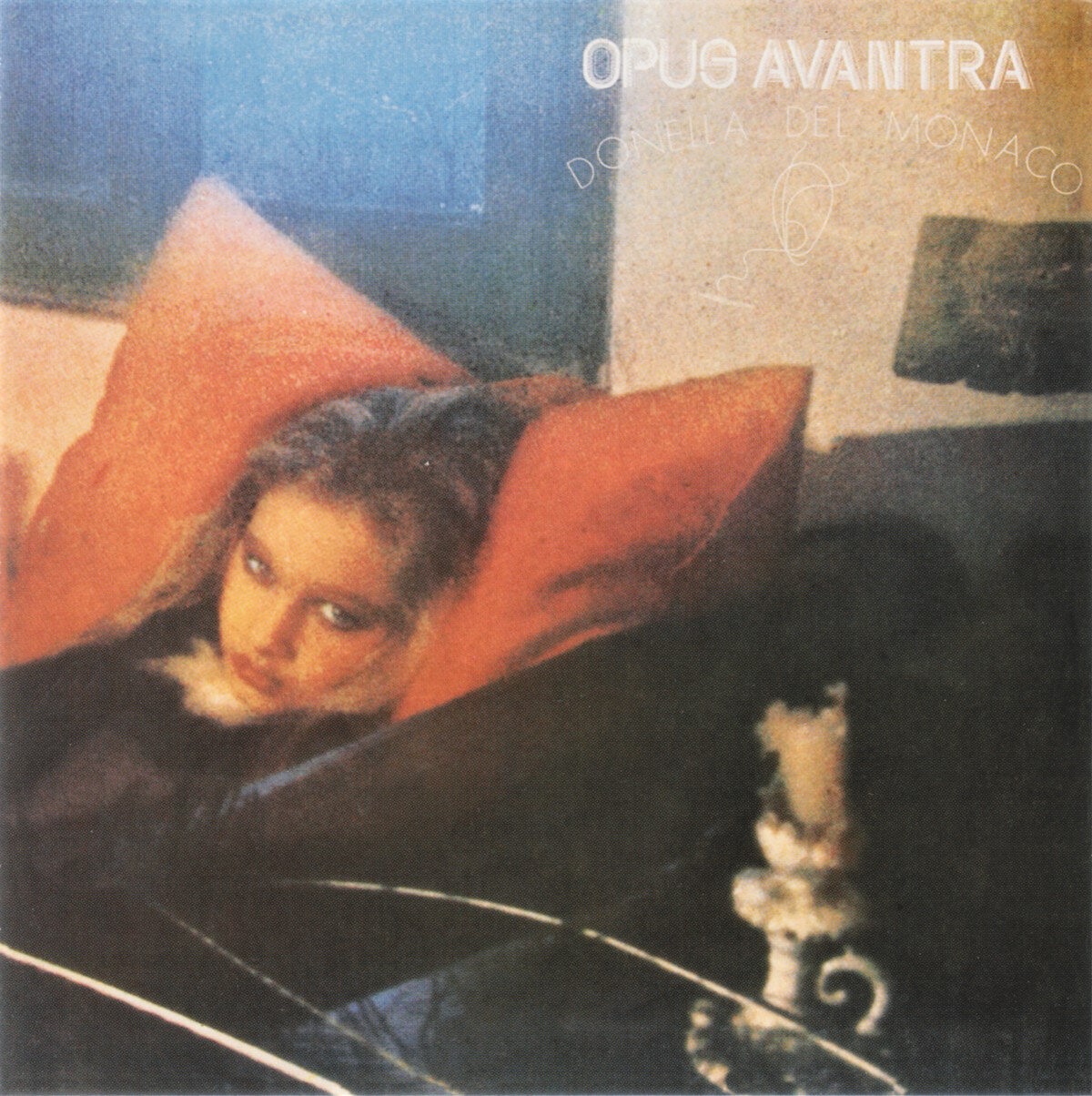
Was there a certain concept behind the album?
Progressive rock is usually based around a certain concept. Our album is based on a personal journey of Donella from a child to maturity. The various pieces thus come in succession: from the electronic chaos of the first unconscious ‘Introspezione’ up to through ‘Les Plaisirs Sont Deux’, life of an unconscious child, ‘La Marmellata’, life in primary school, ‘L’altalena’, carefree childhood, ‘Monologo’, the consciousness of adolescence that opens up to youth which is well expressed in ‘Il Pavone’. The passage with ‘Ah! Douleur’, a period of lightheartedness and fun and ‘Deliee’, a period of awareness up to ‘Oro’, where the young woman prepares to become a woman with the ‘Rituale’.
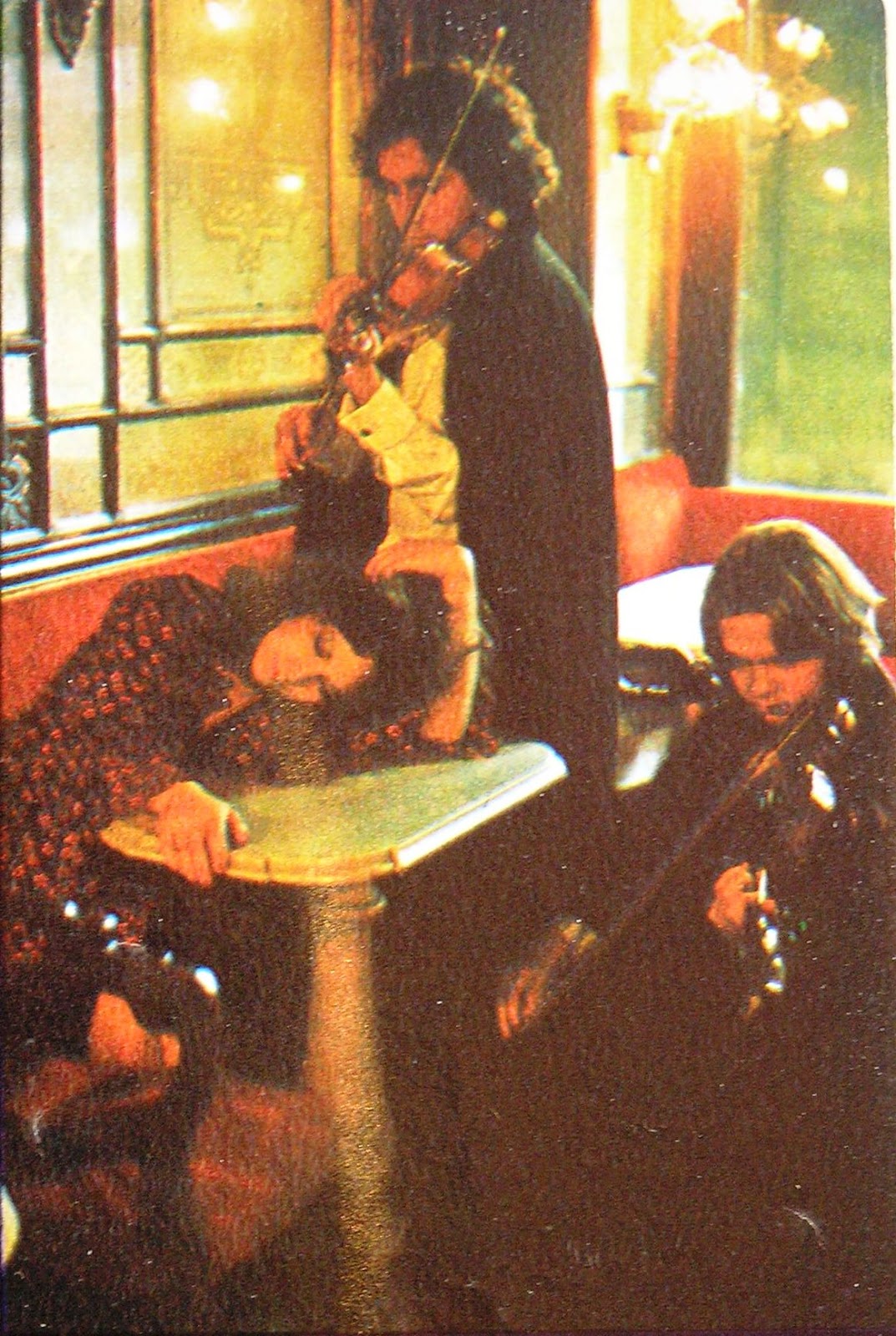
“It danced casually between classical and avant-garde”
At the time you also worked on ‘Kátharsis’ with Gruppo Italiano Di Danza Libera.
I was lucky enough to meet the choreographer Franca Della Libera, creator and founder of the Gruppo Italiano di Danza Libera. It all happened because in a meeting of Opus Avantra, Donella, Giorgio and I had felt the need to have choreography for our live shows and with this we could have expressed the concept of the opera much better. The opening had gone well because the scenography had been created by us at the suggestion of Giorgio who recited a kind of narrating voice or a kind of hidden conscience supporting the red thread of the story. Thinking carefully, however, the idea of having ballet choreography as support would have been much more convincing, especially in a prog rock show. We then began to look for a dance group that should not have been simply classical and much less extremely experimental. It so happened that someone pointed out to us Gruppo Italiano di Danza Libera which in a certain sense expressed itself like us in music: it danced casually between classical and avant-garde. Franca Della Libera had followed the courses of the famous Alexander Sakharoff who had revolutionized the concept of classical dance in modern dance without the compulsory “tip” and various pirouetting evolutions strictly linked to the inalienable schemes of the Norma.
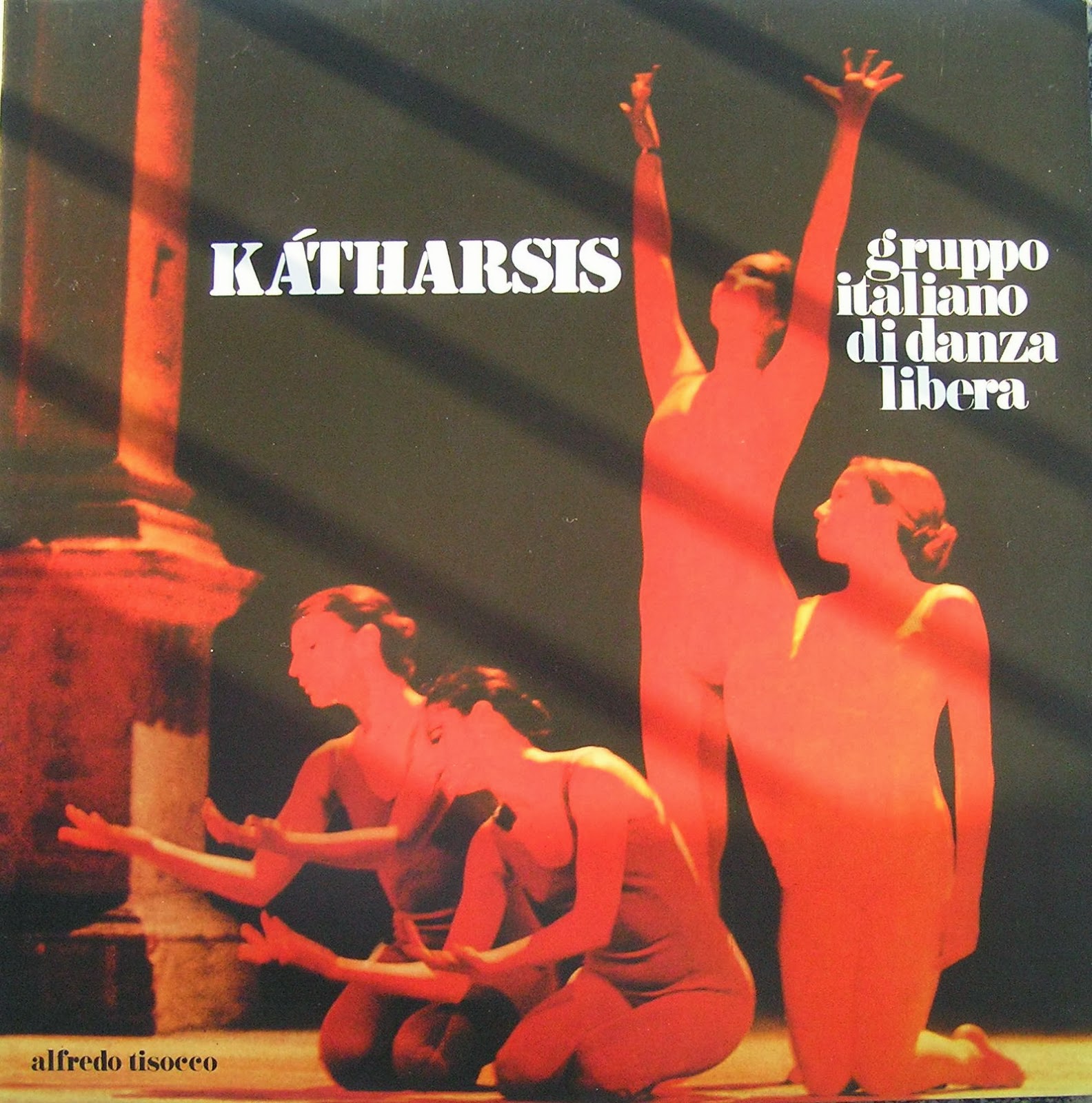
In practice, everything had to be seen under the evolution free presentation which, without giving up a certain style, also took into account the modernity of unrepeatable and sudden figures of simple costumes such as tights and above all stripped of the obligations to dance to music only classical style. It was practically as I said, the same intent that we as a band were trying to promote in our music. From the very first meeting we had in Vicenza with the choreographer Franca Della Libera, the community of intentions emerged and after a short period of reflection, Franca agreed to go out in concerts with us. The baptism happened at Palazzetto dello Sport in Schio (VI) in the presence of an audience of over 1,500 people. Success led us to repeat the experiment in Vicenza and Belluno to everyone’s satisfaction. Here these releases led me to bond a deep friendship with Franca who proposed that I do work specifically for her group. This was around the time that we as a band experienced a moment of brief suspension as Donella had undertaken a collaboration with the contemporary musicians of Sciarrino and Bussotti for the realization of a contemporary work for the Venice Biennale. She had given up actively participating in the second Opus Avantra.
‘Lord Cromwell Plays Suite For Seven Vices’ was based on the concept of 7 deadly sins. I was composing the pieces for this second opera and Franca really liked my ideas so we developed the concept of a ballet on the evolution of man: Who are we, where do we come from, where do we go… Thus was born, ‘Kátharsis’ or the purification, the redemption and the evolution!
The work is divided between music, acting and sounds with effects and reproduction of concrete and electronic noises. We had good success with several shows at the Teatro Olimpico in Vicenza, at the Filarmonico in Verona, at the Teatro Litta in Milan and others up to culminating with the Latina Prize in the International Festival for Dance in Latina 1975. This led me to continue the collaboration with Franca for other works built together: ‘Opera Bach’, ‘Oltre Isadora’ and ‘TICS Dance’. The friendship with Franca never ceased until her untimely death in 1999.
In the 90s I formed Arktis Records and acquired the Cramps Records catalog and Bla Bla Ricordi license for the CD reissues of the works of Franco Battiato.
Did you do any shows or even tour?
Obviously from 1974 until 1976 we performed a number of concerts such as: Vicenza, Treviso, Belluno, Udine, Rome with Gaslini, Lugano, Chieri Festival (Turin), Padua, Venice. A lot of them with Gruppo Italiano Di Danza Libera. Around 1977 and 1978 we already performed pieces that were later released on our third album, ‘Strata’. It was also in the years 1977 and 1978 when we already closed its productions with the publication of ‘1979 il Concerto’ (13.06.1979) for Demetrio at the Vigorelli in Milan to raise funds and save Demetrio Stratos who unfortunately died in New York the day before.
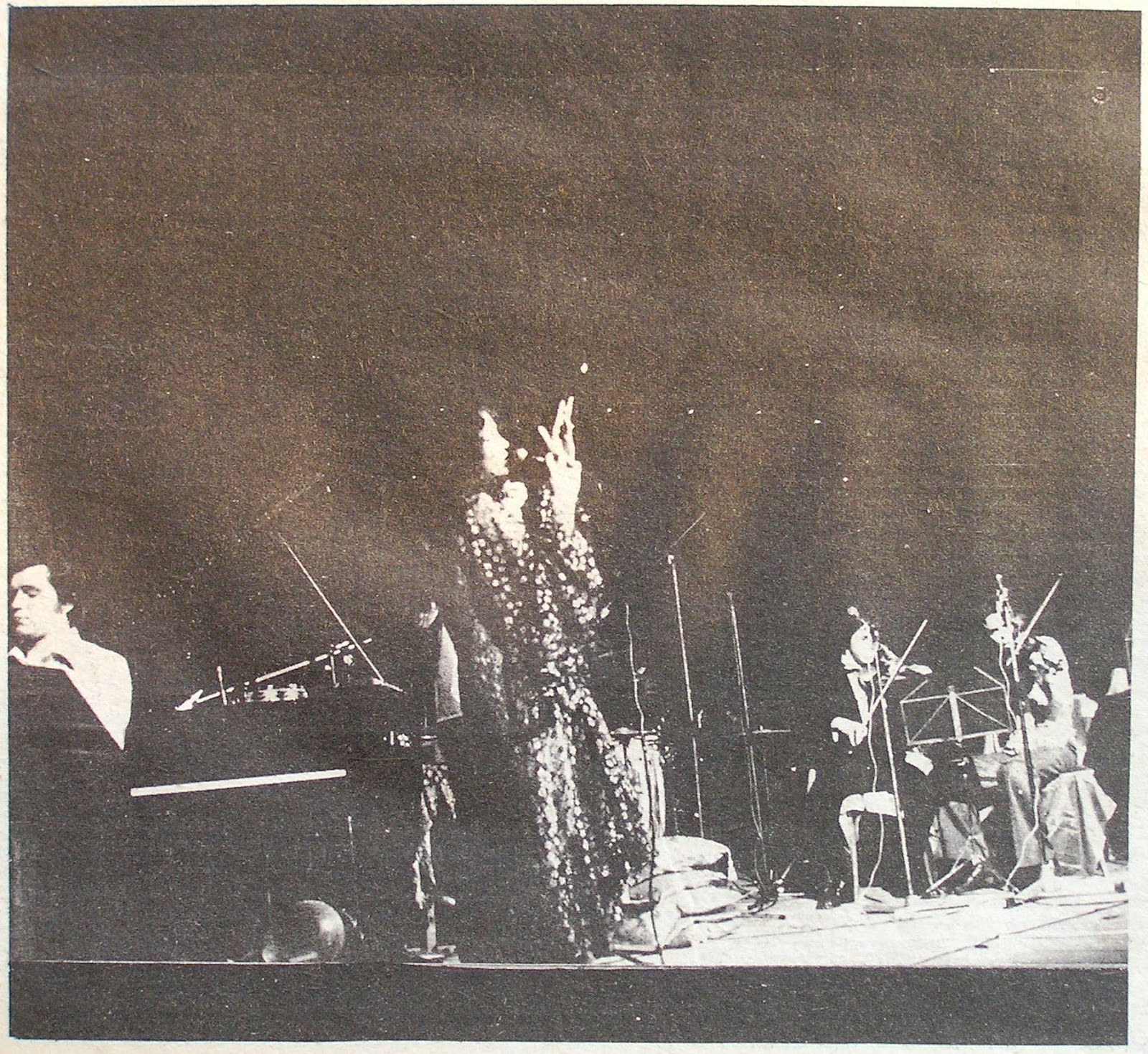
How about ‘Lord Cromwell Plays Suite for Seven Vices’ by Opus Avantra?
This second album was born almost as a logical consequence a year after the debut album as it was programmed with the Suono Editions of Tony Tasinato. Same as ‘Kátharsis’. The two works as mentioned above are closely linked even if they were born with two different purposes. Opus Avantra couldn’t stop and Donella and Giorgio gave me their moral support. ‘Lord Cromwell Plays Suite for Seven Vices’ was recorded at the Ariston in Milan. Only on the guitar I had the contribution of Giorgio Piazza and on the percussion Dino Siani, drummer of the Nuova Idea. The seven deadly sins are formed on the dictates of the Catholic church and amalgamated with the specially constructed music: ‘Flowers On Pride’, ‘Avarice’, ‘Lust’, ‘My Vice’, ‘Ira’, ‘Gluttony’, ‘Envy’ and Sloth. ‘My Vice’ is that of thinking about the external conflict between good and evil.
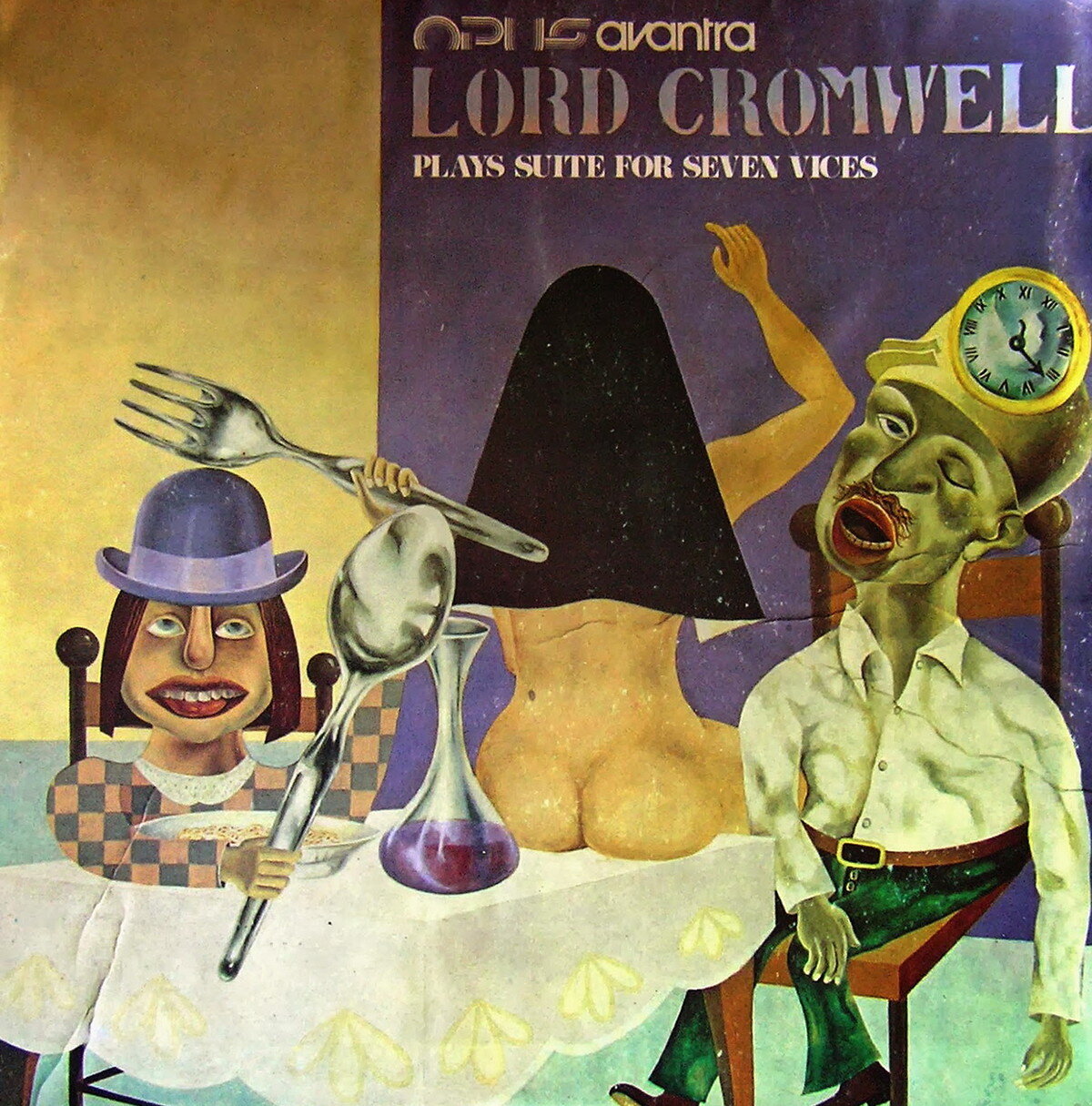
You released two more albums with the band.
The history of the two works subsequent to the first two Opus Avantra albums have a very different process. ‘Strata’, stems from a revival with Donella and Giorgio of the historical project and the Opus Avantra manifesto. The group started working on compositions as early as 1977 as it seemed that it could be released with Cramps Records.
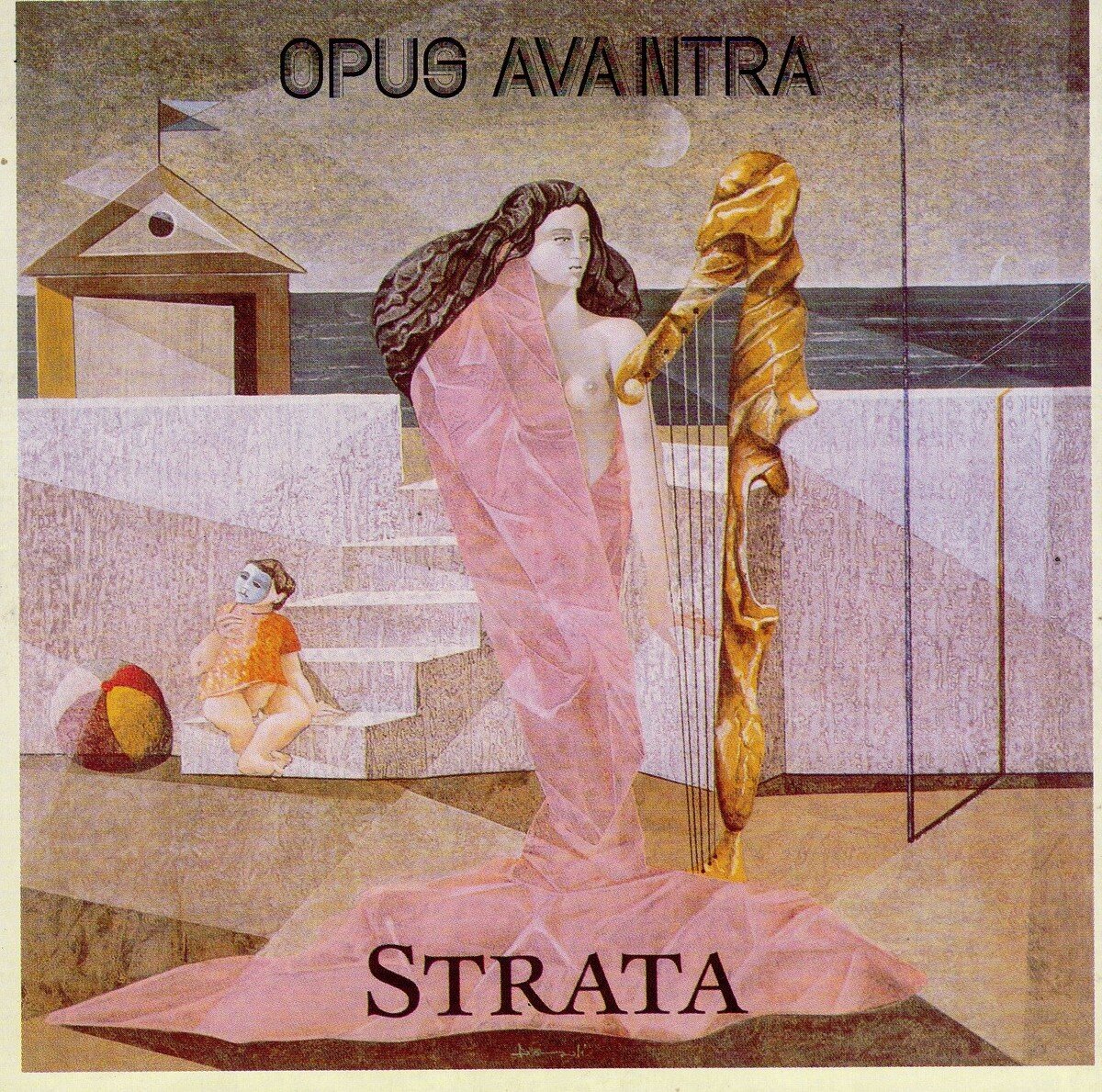
Unfortunately Cramps Records began to have financial difficulties in 1978 which led to its closure in 1979. In spite of this, the live concerts of Opus Avantra continued with the songs from all three albums. The recording of the third album was sadly suspended and was completed only in 1989. Things had changed for me too and having founded Artis Records in 1987 I decided to produce ‘Strata’ as a result of other new productions such as ‘Kars’ by Ares Tavolazzi, ‘Ritagli D’Anima’, my live piano recording at the Rai in Venice inspired by the poems of Antonio Bruni, and especially with the reissues on CD’s after the acquisition of the entire Cramps catalog. This posthumous concept album was already conceived in 1977 and was based on mental states.

As for ‘Lyrics’, the project was born in 1994 on my belief that it was time to use the new electronic instruments more forcefully with sampled and then synthesized sounds. Most of the compositions are made from piano scores on disklavier. Then processed on the computer with synthetic sampled sound assignments. This came to me while working on ‘Ferrofania’ which underwent the sampling process of Toni Benetton’s ferrous sculptures applied to the computer with a piano score.

You managed to create very unique music. How would you describe it?
My musical thought is summarized in an affection that I have been expressing for a long time. Music is a food of thought that flies towards the emotions of the fantastic and metaphysical world. I understand that this can raise many criticisms and doubts but in fact without sound one could not live: both for his practical life and for reflection and meditation. This led me to the path of science applied to musical art and I am convinced to let my imagination navigate not only to deepen emotions but also to develop scientific studies and or theories applied to creativity. Very often we hear it said that scholastic study reduces the creative imagination as it affects the purity of the artistic instinct. The truth may lead one to think that this is right for some cases of natural self-taught or genius … but it is also true that the search for technique offers just as many opportunities for original expression. For my part, I have always taken care to look for a third way to intellectual conformity and for this reason I have turned and practiced on the Enephonic scale: between harmony and twelve-tone. Certainly this leads me to be at least more original at an operational level than other forms where the schemes are used until their repetition is exhausted. It is certain that our brain, being lazy and habitual, is pleased with the sounds it recognizes immediately, but it is also true that this can also be repeated in the opposite, that is, in new and different sounds and sound combinations. In most of my compositions we recognize this sense of going out and entering the recognizable … Then in the long run when a listener finds that he is able to discover the game of compositional evolution he also becomes fascinated by certain sounds. Another very important fact is the attention to the rhythmic variant that I use with ease for the continuous progress of the mood.

Would you like to comment on your playing technique? Give us some insights on developing your playing technique.
I find it right to point out that every composer, apart from his so to speak innate vocation, is measured on the development of what he has learned and observed in attending his school. I can say that I turned with a certain passion to develop sounds with a lot of instinctive creativity as a synthesis of my wealth of knowledge. The environment I live in is the custom of the people in which I live is measured on the piano that is always close to me. Space from Bach to Stravinsky, from Chopin to Schoenberg, from Liszt to Cage, but also from Schumann to Monk or from Brahms to Gaslini or from Chick Corea to Keith Jarrett. I studied with Vincenzo Pertile, a great classical pianist, but also with Giorgio Gaslini, a great jazz and total music pianist. From here the step to estimate and follow Elton John, Keith Emerson, Rick Wakeman and many others from the prog world was very short.
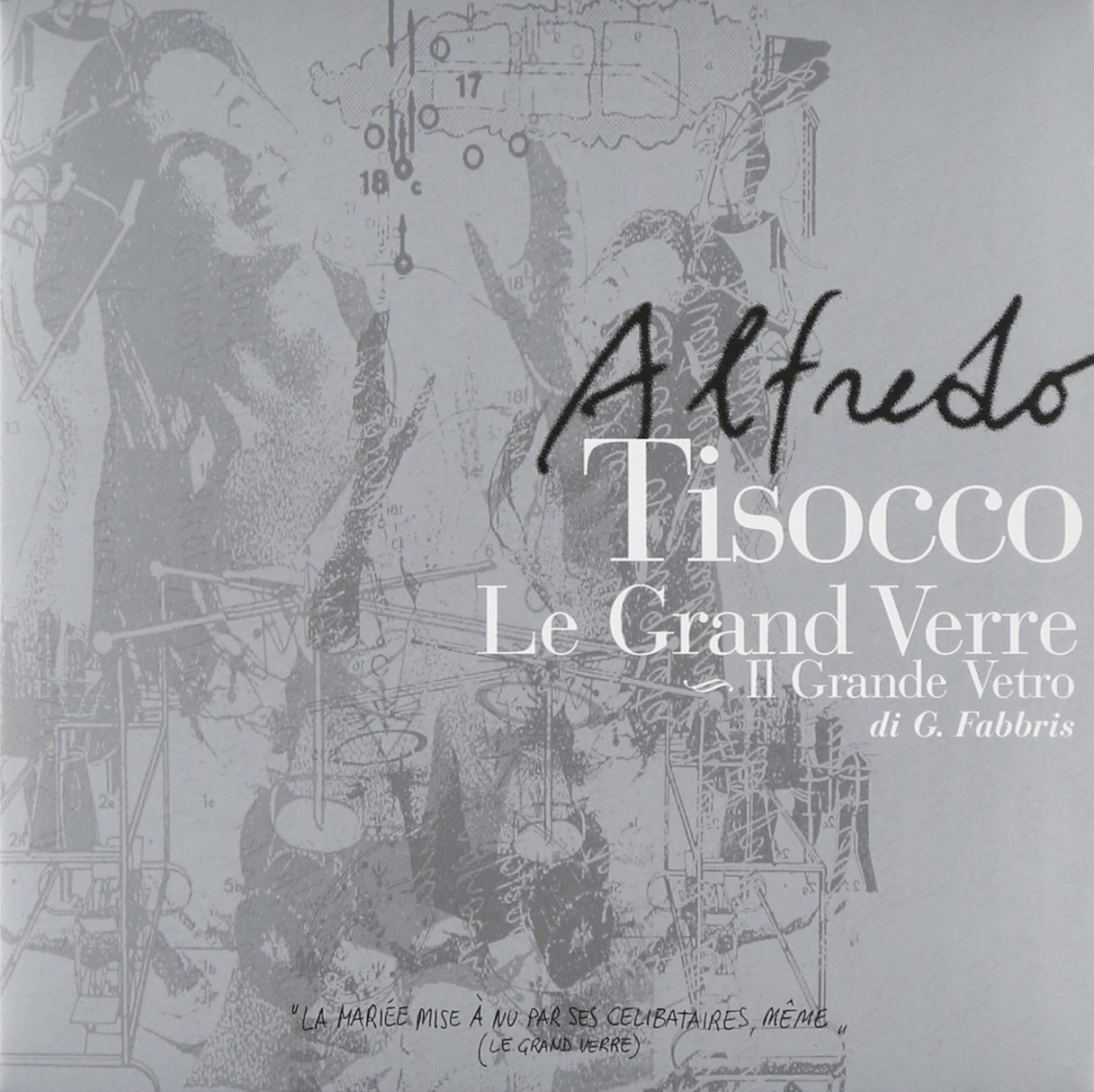
You release several solo works. What are some of your favourites?
Yes, it is true that I have reached 13 albums of which 5 will be published within the next year. Now 8 works are publicly running!
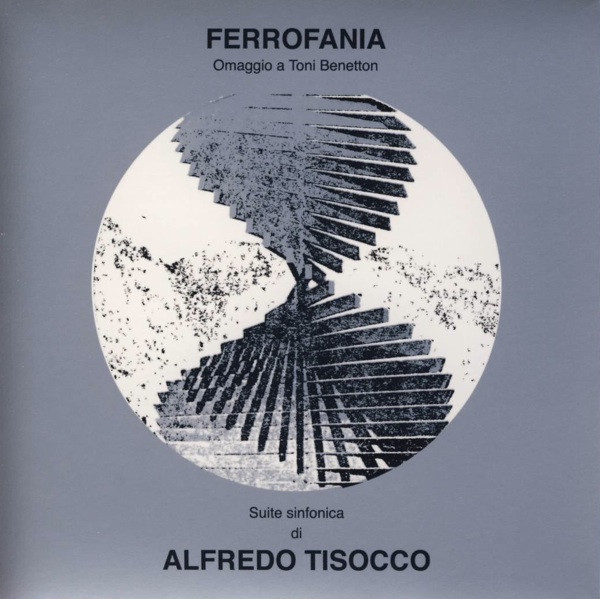
‘Kátharsis’, ‘Ritagli D’Anima’, ‘Ballet Collection’, ‘Ferrofania’, ‘Le Grand Verre’, ‘Unica Zürn’, ‘Atmosfere e Armonie’, ‘Studi Enefonici’.
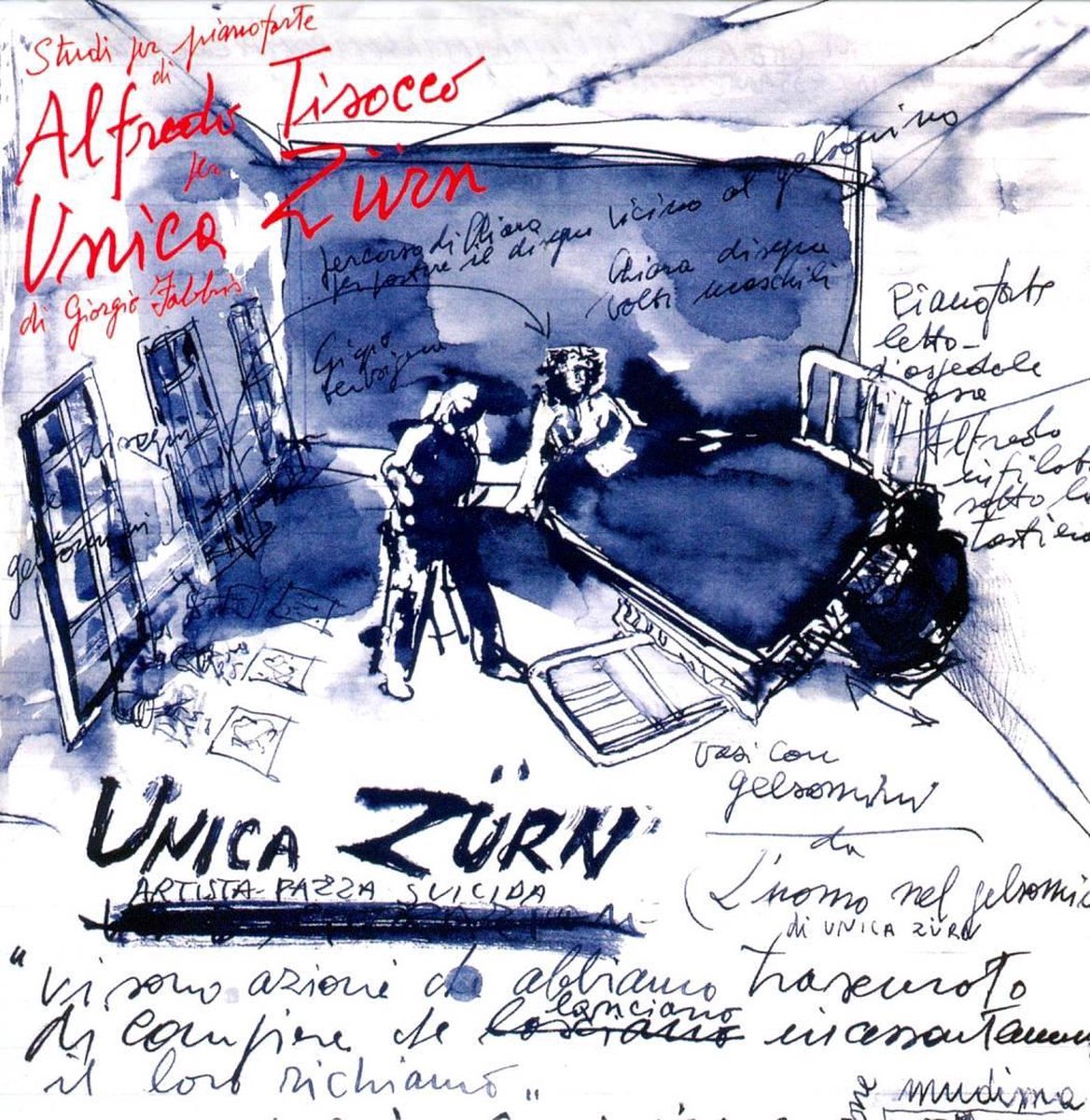
Being published: ‘Momenti di terapia dell’inconscio’, ‘Stelle e comete’, ‘Le sonate’, ‘Nell’ anello spaziale’, ‘Le musiche dell’ universo’.
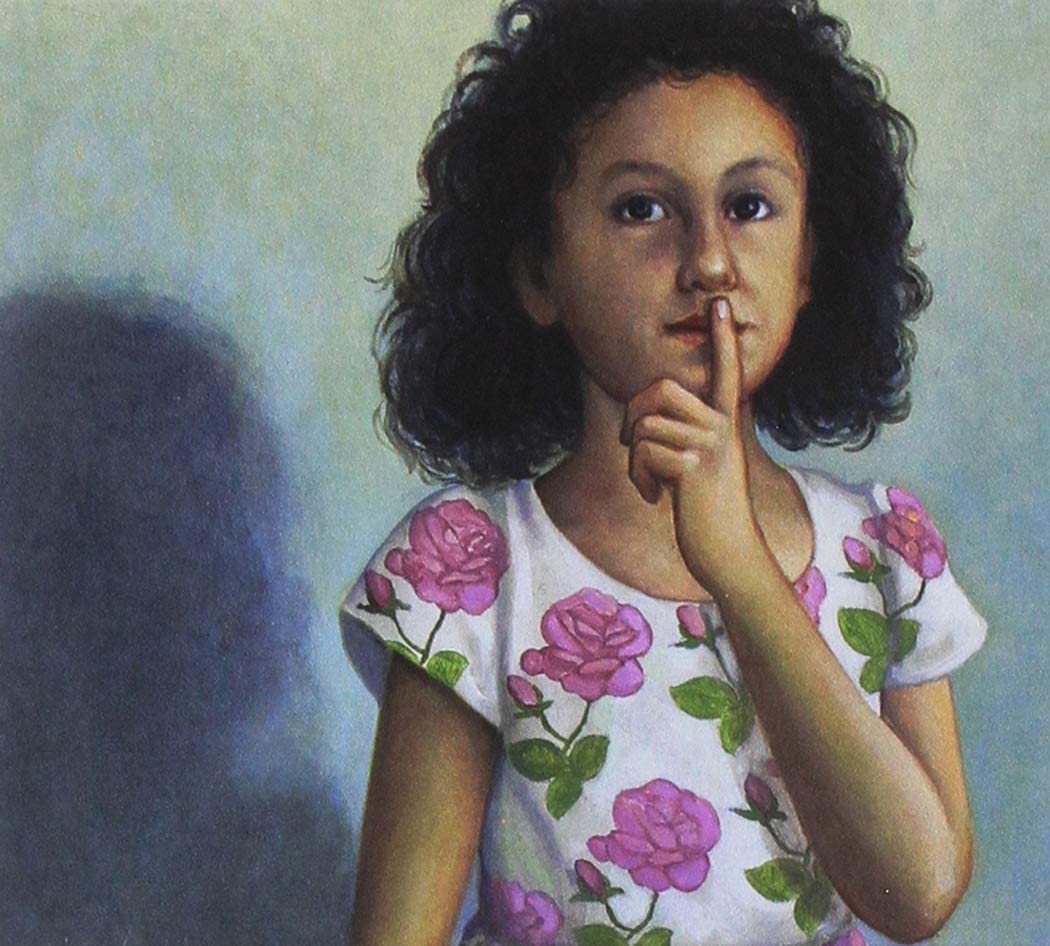
In the years to come I would like to publish the unpublished works composed for Danza and for Cameravuota. Among my favorites are ‘Kátharsis’ and solo piano ‘Ritagli D’Anima’ and the recent ‘Studi Enefonici’ forthcoming in Japan with Ultra-Vybe Records and with the collaboration of Shin Katayama.
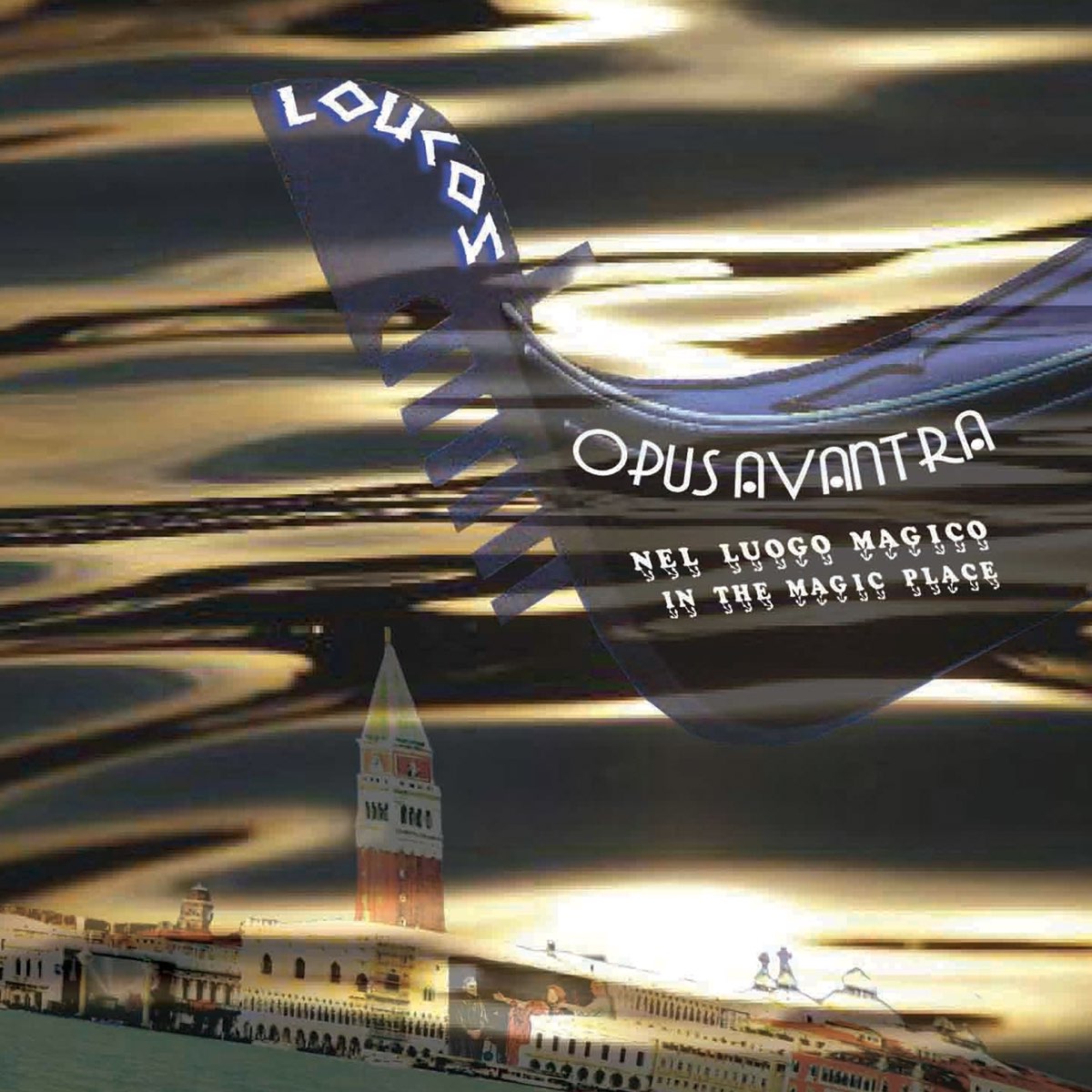
What are some of the latest projects?
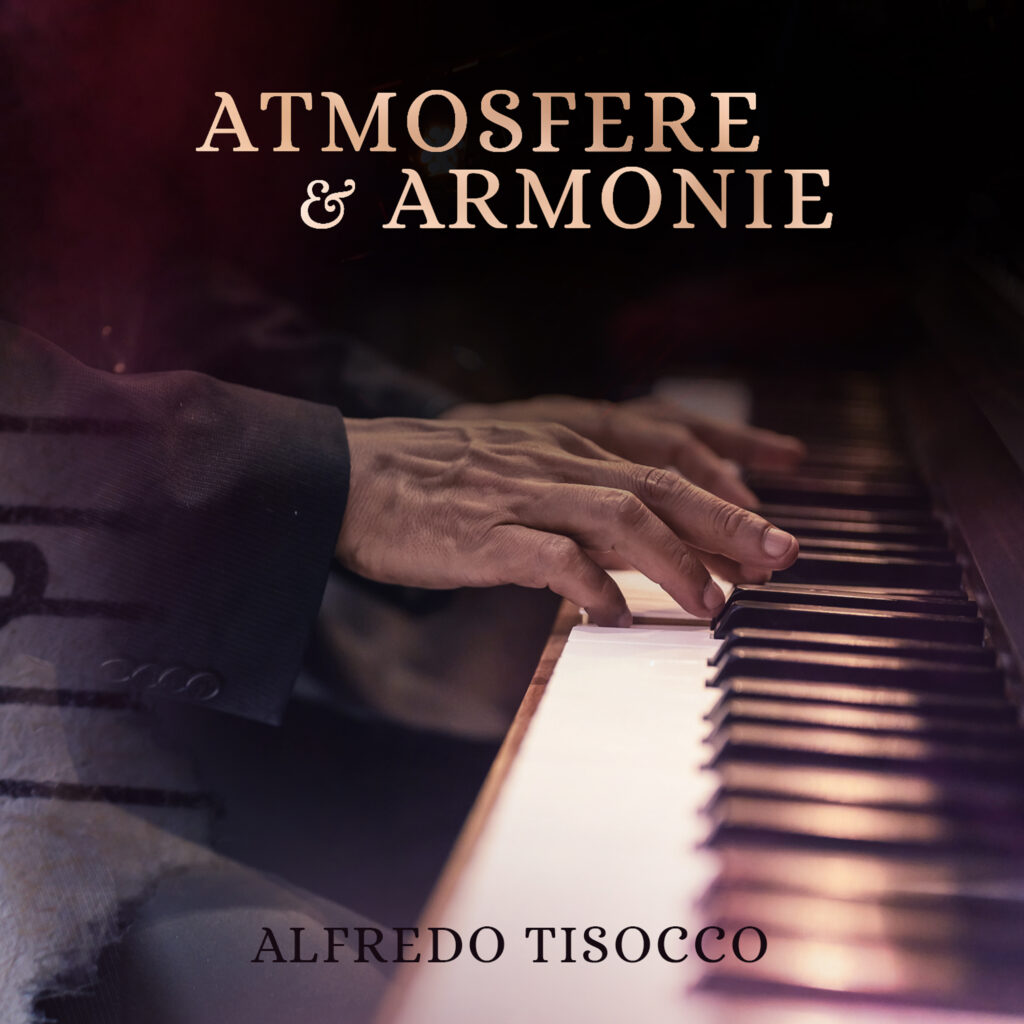
The most recent is ‘Loucos – In The Magic Place’ by Opus Avantra. I also released a solo album, ‘Atmosfere e Armonie’.
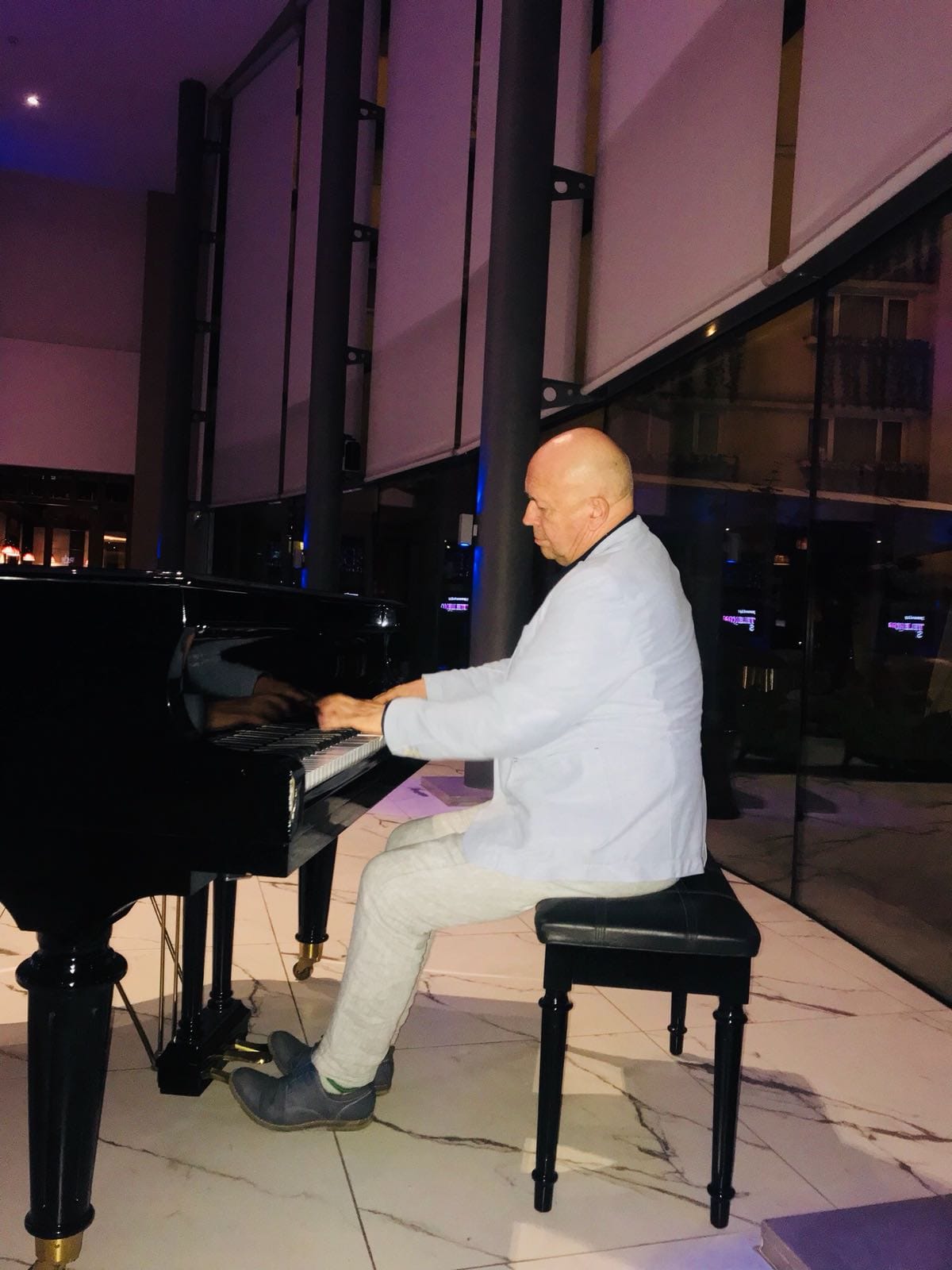
Thank you very much for the interview.
Klemen Breznikar
Alfredo Tisocco Facebook

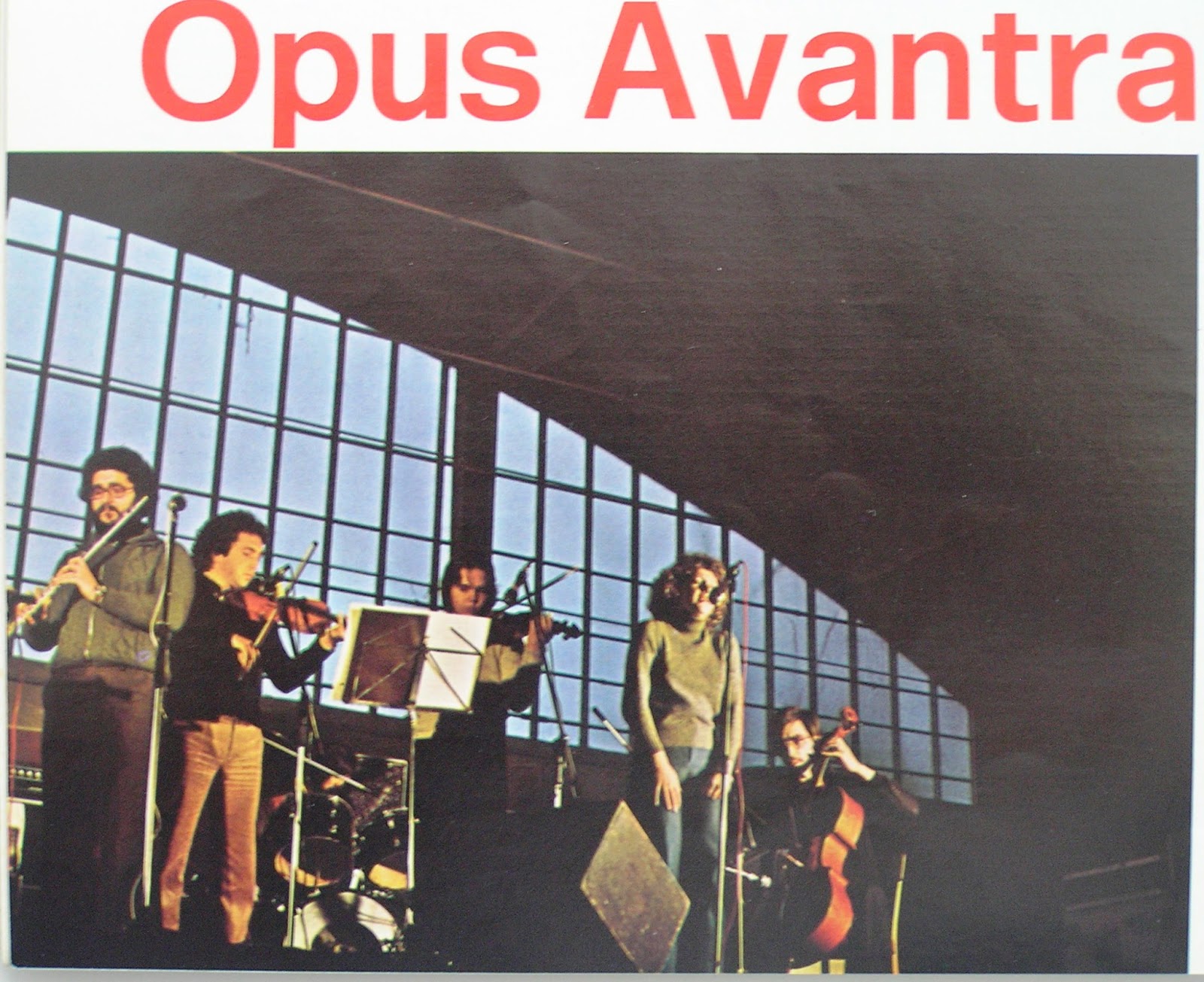
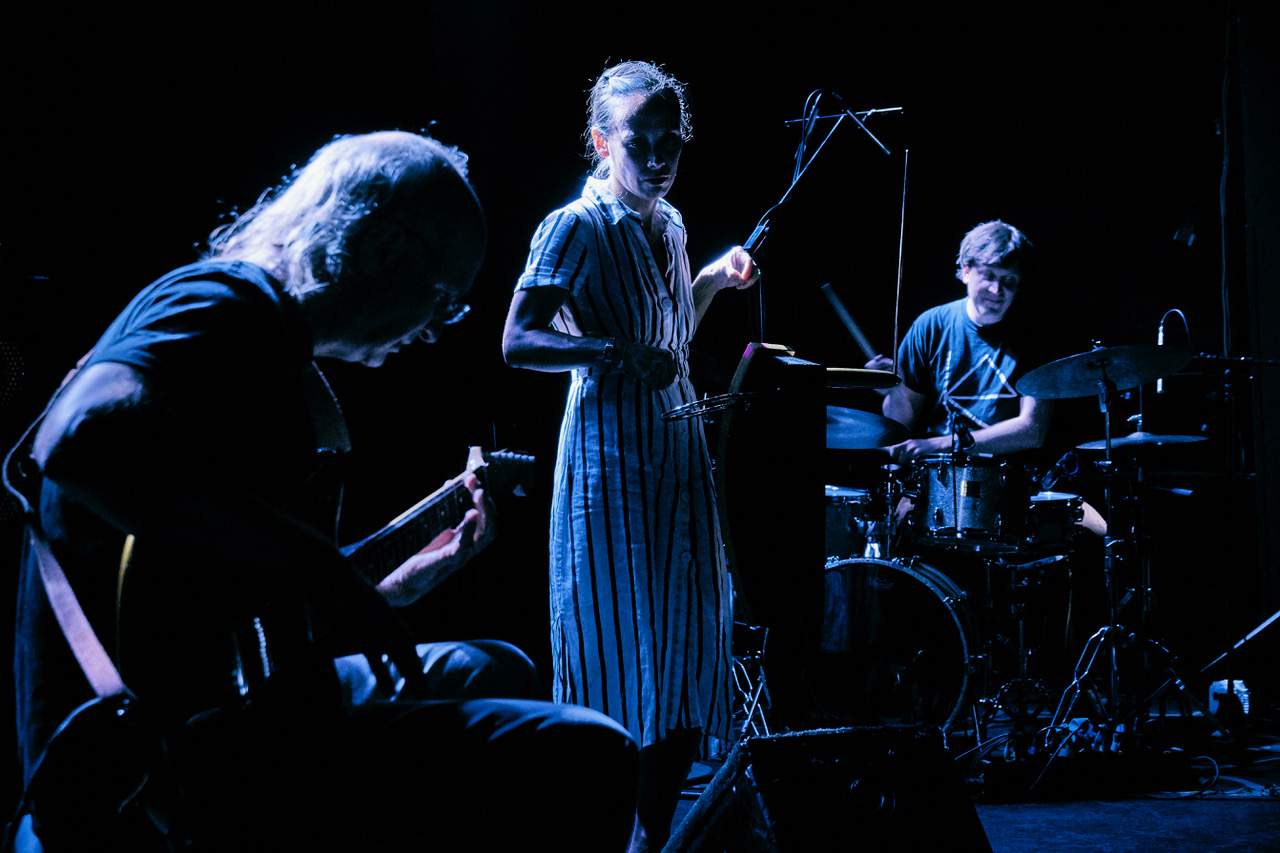
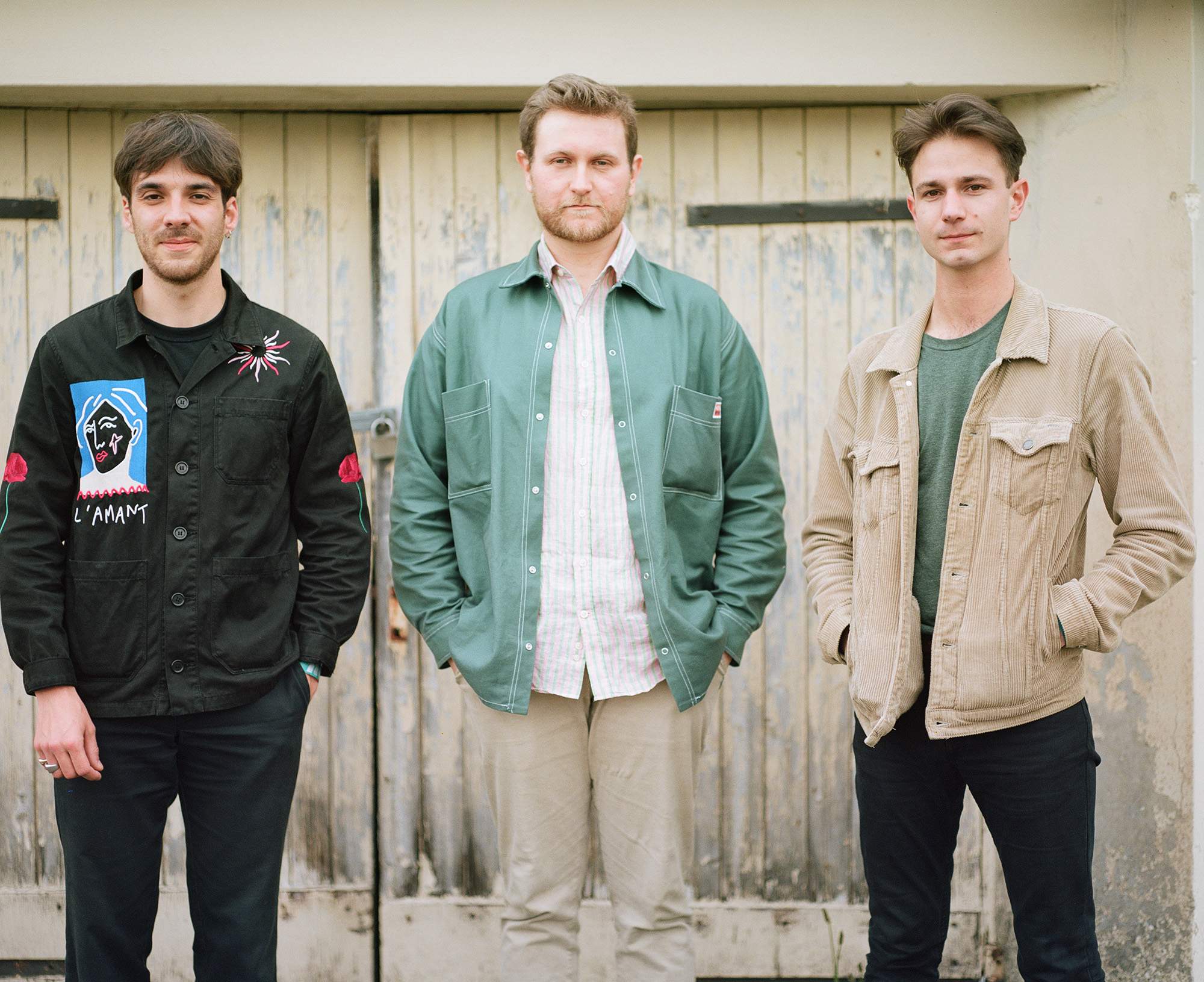
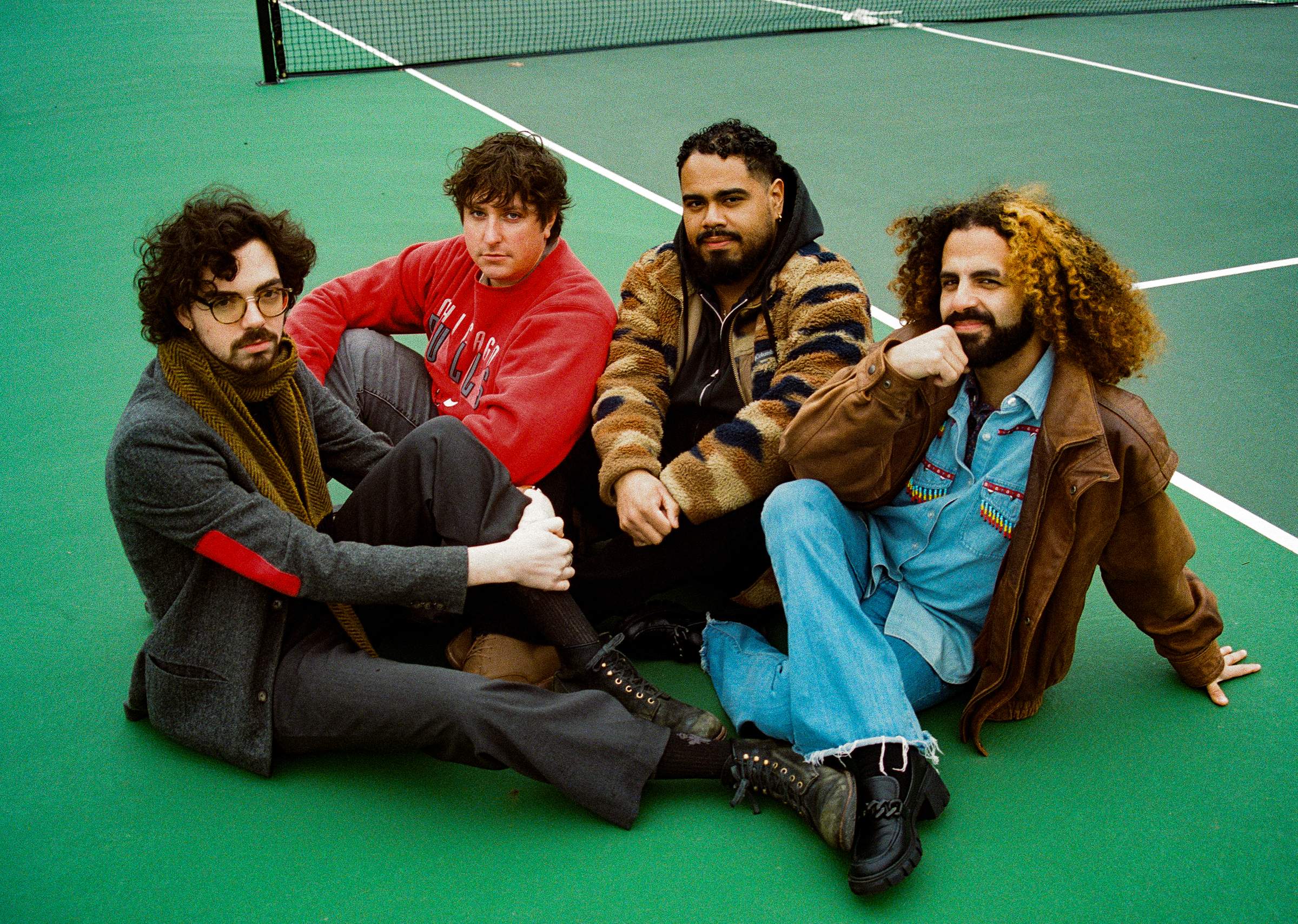
Thanks for this unknown band !
Only the first one is interesting, at least for me.